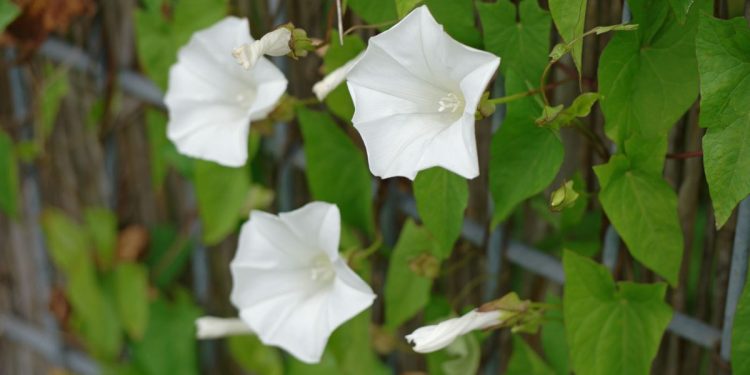#FlowerPower #HerbalHealing #GreenRevolution #EcoFriendlyAgriculture #InvasiveSpeciesControl
Calystegia sepium, also known as hedge bindweed or morning glory, is a beautiful flowering plant that belongs to the Convolvulaceae family. This perennial vine is native to Europe and Asia but has spread to other parts of the world, including North America, where it is considered an invasive species. Despite its reputation as a weed, Calystegia sepium has many intriguing features and potential uses.
Exploring the unique characteristics of Calystegia sepium is crucial in understanding the plant’s potential impact on the ecosystem and its economic significance. The plant’s flowers are trumpet-shaped and have a pleasant fragrance, making them popular in ornamental gardening. In addition, its leaves and stems have medicinal properties and have been used in traditional medicine to treat skin diseases, inflammation, and respiratory problems.
The development of Calystegia sepium as a medicinal plant has the potential to provide alternative treatments for a variety of ailments. Its use in traditional medicine demonstrates the plant’s effectiveness and highlights its potential as a source of new drugs. Furthermore, the plant’s ability to grow quickly and survive in various environments makes it a valuable resource in the field of agriculture.
However, Calystegia sepium’s invasive nature could have severe consequences for local ecosystems. Its ability to spread rapidly and overtake other plant species could lead to a decrease in biodiversity, which could ultimately harm the ecosystem. As such, there is a need for appropriate management practices to prevent the plant from causing ecological damage.
In conclusion, exploring the wonders of Calystegia sepium could lead to significant developments in ornamental gardening, traditional medicine, and agriculture. However, careful consideration and management are essential to prevent the plant from becoming a threat to the ecosystem.








